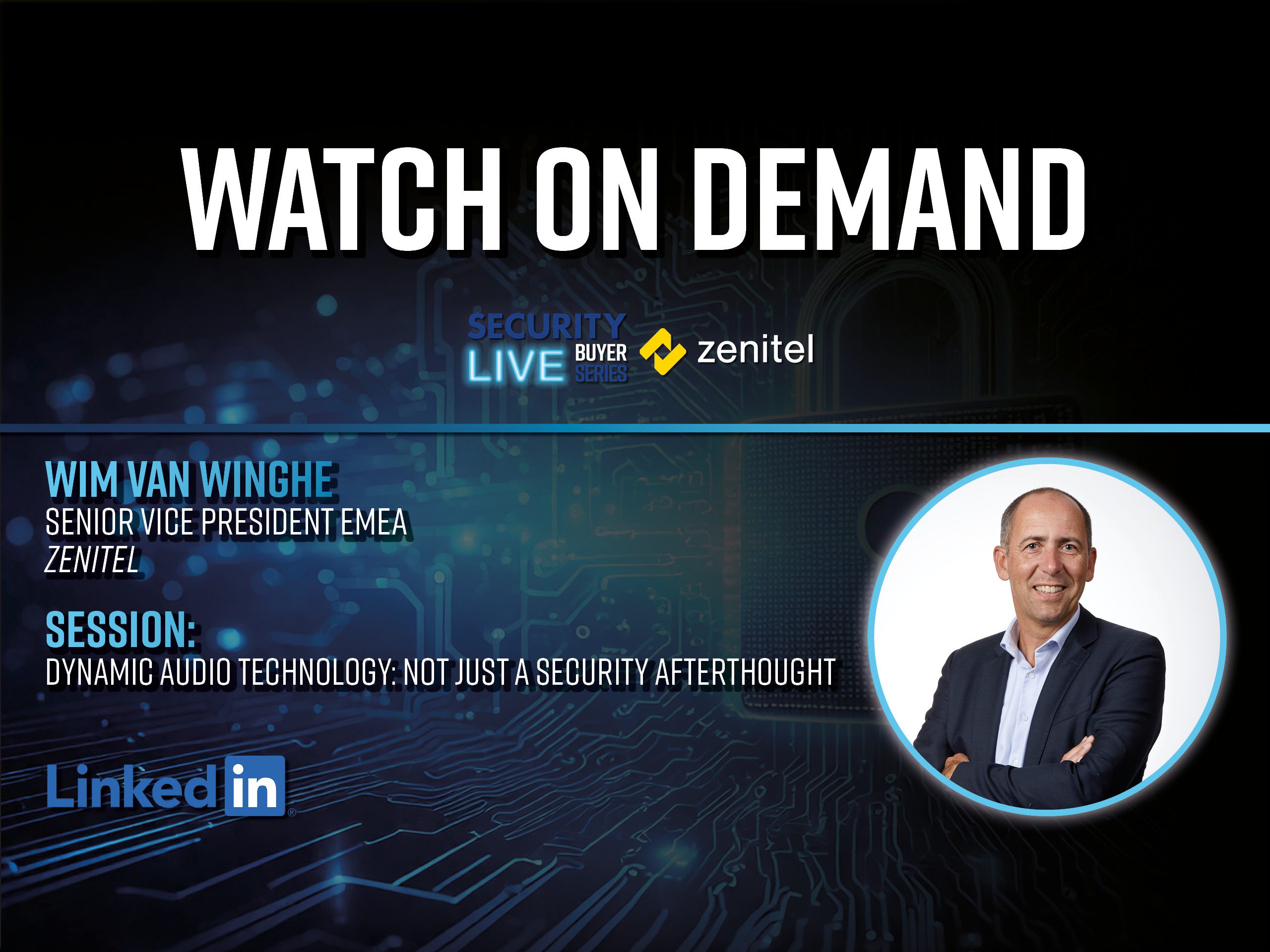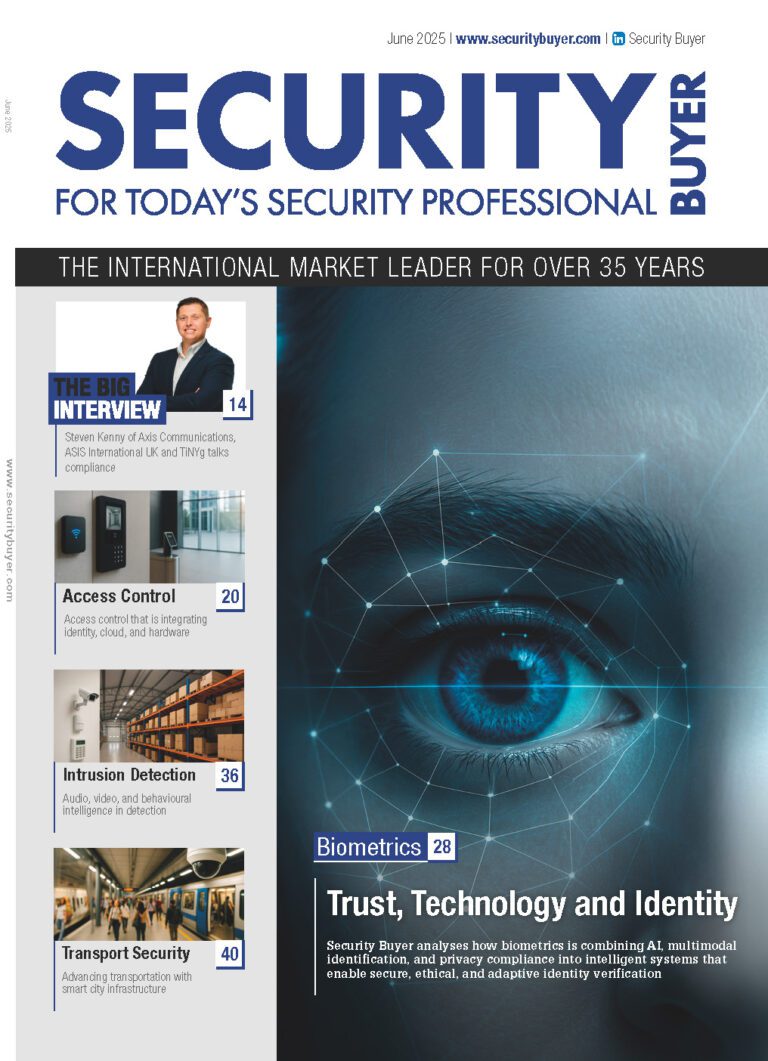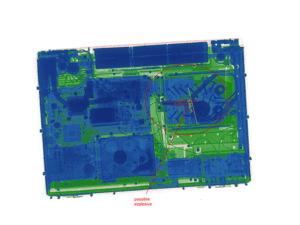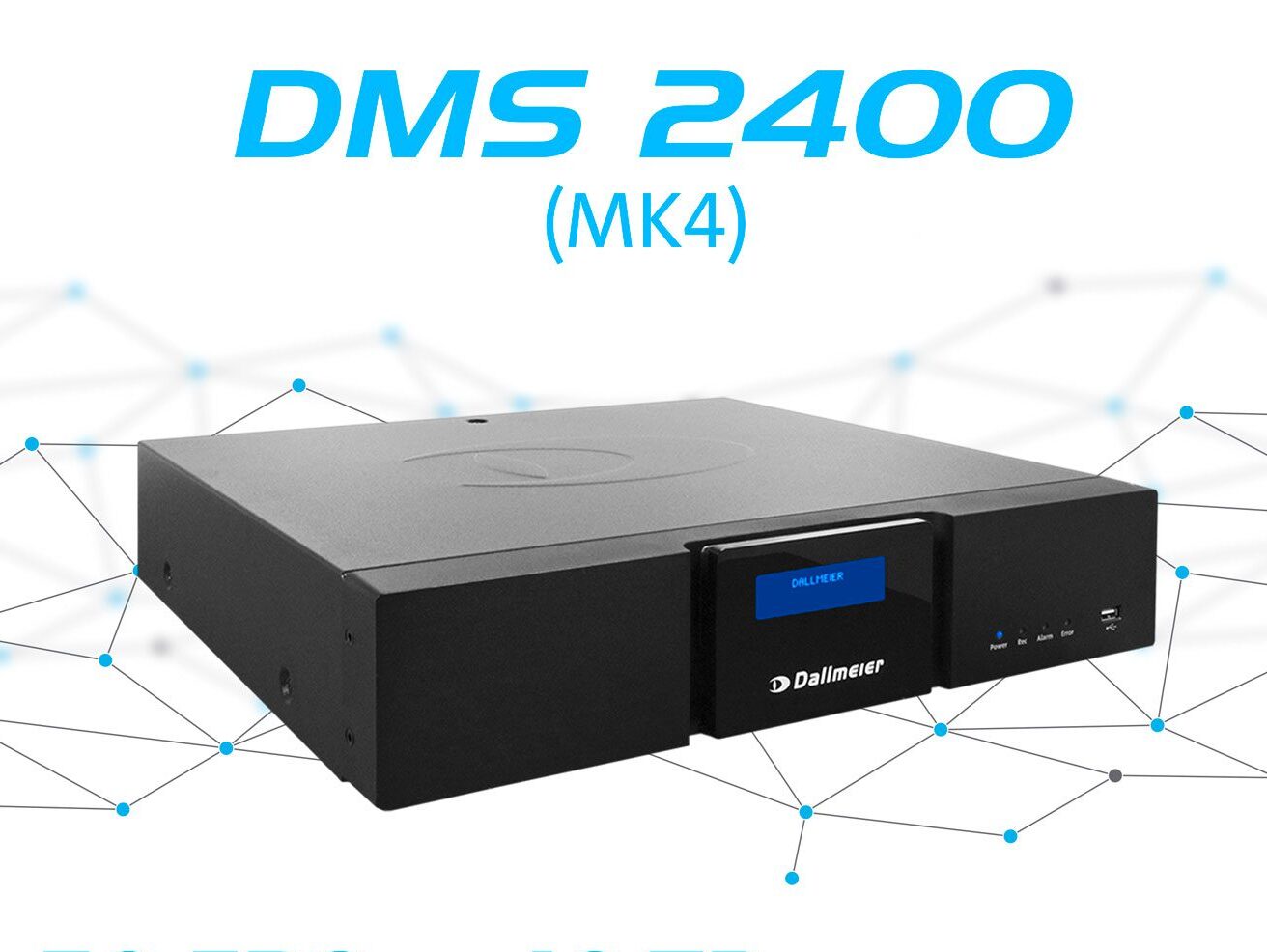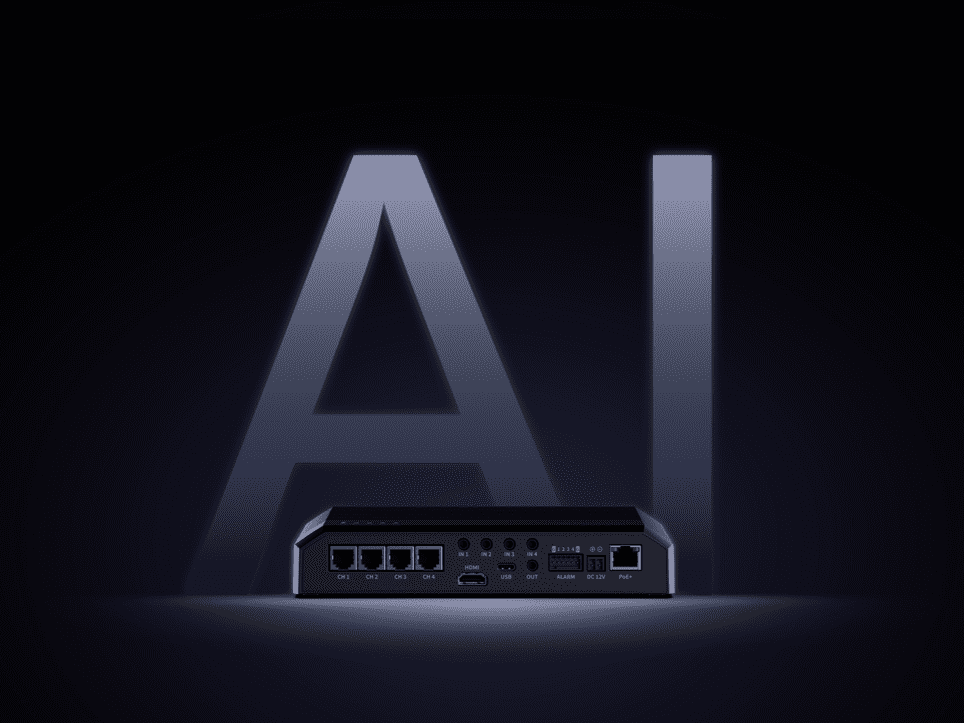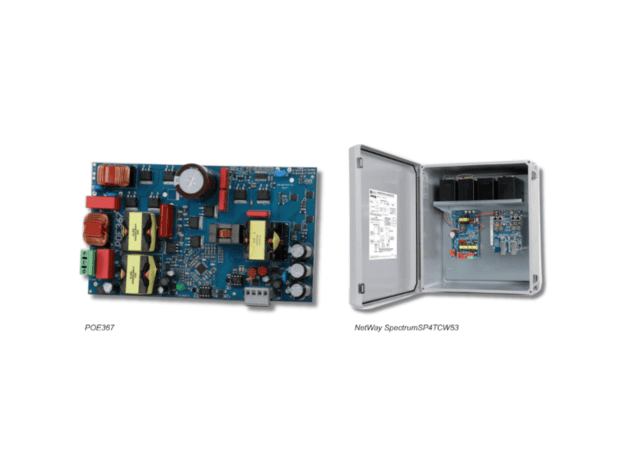After the 9/11 terrorist attack anniversary, Security Buyer takes a look at public safety today and how technology can counter terrorist actions – sponsored by Todd Research
Americans watched in horror as the terrorist attacks of September 11, 2001, left nearly 3,000 people dead in New York City, Washington, D.C., and Shanksville, Pennsylvania. Nearly 20 years later, they watched in sorrow as the nation’s military mission in Afghanistan – which began less than a month after 9/11 – came to a bloody and chaotic conclusion.
The enduring power of the Sept. 11 attacks is clear: An overwhelming share of Americans who are old enough to recall the day remember where they were and what they were doing when they heard the news. Yet an ever-growing number of Americans have no personal memory of that day, either because they were too young or not yet born.
“Shock, sadness, fear, anger: The 9/11 attacks inflicted a devastating emotional toll”
A review of US public opinion in the two decades since 9/11 reveals how a badly shaken nation came together, briefly, in a spirit of sadness and patriotism; how the public initially rallied behind the wars in Afghanistan and Iraq, though support waned over time; and how Americans viewed the threat of terrorism at home and the steps the government took to combat it.
As the country comes to grips with the tumultuous exit of US military forces from Afghanistan, the departure has raised long-term questions about US foreign policy and America’s place in the world. Yet the public’s initial judgments on that mission are clear: A majority endorses the decision to withdraw from Afghanistan, even as it criticizes the Biden administration’s handling of the situation. And after a war that cost thousands of lives – including more than 2,000 American service members – and trillions of dollars in military spending, a new Pew Research Center survey finds that 69% of US adults say the United States has mostly failed to achieve its goals in Afghanistan.
Historical legacy
Shock, sadness, fear, anger: The 9/11 attacks inflicted a devastating emotional toll on Americans and their view of public safety. But as horrible as the events of that day were, a 63% majority of Americans said they couldn’t stop watching news coverage of the attacks.
Chart shows days after 9/11, nearly all Americans said they felt sad; most felt depressed
Pew Research’s first survey following the attacks went into the field just days after 9/11, from Sept. 13-17, 2001. A sizable majority of adults (71%) said they felt depressed, nearly half (49%) had difficulty concentrating and a third said they had trouble sleeping.
It was an era in which television was still the public’s dominant news source – 90% said they got most of their news about the attacks from television, compared with just 5% who got news online – and the televised images of death and destruction had a powerful impact. Around nine-in-ten Americans (92%) agreed with the statement, “I feel sad when watching TV coverage of the terrorist attacks.” A sizable majority (77%) also found it frightening to watch – but most did so anyway.
Americans were enraged by the attacks, too. Three weeks after 9/11, even as the psychological stress began to ease somewhat, 87% said they felt angry about the attacks on the World Trade Center and Pentagon.
Fear was widespread, not just in the days immediately after the attacks, but throughout the fall of 2001. Most Americans said they were very (28%) or somewhat (45%) worried about another attack. When asked a year later to describe how their lives changed in a major way, about half of adults said they felt more afraid, more careful, more distrustful or more vulnerable as a result of the attacks.
Even after the immediate shock of 9/11 had subsided, concerns over terrorism remained at higher levels in major cities – especially New York and Washington – than in small towns and rural areas. The personal impact of the attacks also was felt more keenly in the cities directly targeted: Nearly a year after 9/11, about six-in-ten adults in the New York (61%) and Washington (63%) areas said the attacks had changed their lives at least a little, compared with 49% nationwide. This sentiment was shared by residents of other large cities. A quarter of people who lived in large cities nationwide said their lives had changed in a major way – twice the rate found in small towns and rural areas.
The impacts of the Sept. 11 attacks were deeply felt and slow to dissipate. By the following August, half of US adults said the country “had changed in a major way” – a number that actually increased, to 61%, 10 years after the event.
The importance of 9/11 transcended age, gender, geographic and even political differences. The 2016 study noted that while partisans agreed on little else that election cycle, more than seven-in-ten Republicans and Democrats named the attacks as one of their top 10 historic events.
Military response: Afghanistan
With the US now formally out of Afghanistan – and with the Taliban firmly in control of the country – most Americans (69%) say the US failed in achieving its goals in Afghanistan.
But 20 years ago, in the days and weeks following 9/11, Americans overwhelmingly supported military action against those responsible for the attacks. In mid-September 2001, 77% favored US military action, including the deployment of ground forces, “to retaliate against whoever is responsible for the terrorist attacks, even if that means US armed forces might suffer thousands of casualties.”
Many Americans were impatient for the Bush administration to give the go-ahead for military action. In a late September 2001 survey, nearly half the public (49%) said their larger concern was that the Bush administration would not strike quickly enough against the terrorists; just 34% said they worried the administration would move too quickly.
The public’s support for military intervention was evident in other ways as well. Throughout the fall of 2001, more Americans said the best way to prevent future terrorism was to take military action abroad rather than build up defenses at home. In early October 2001, 45% prioritised military action to destroy terrorist networks around the world, while 36% said the priority should be to build terrorism defenses at home.
Initially, the public was confident that the US military effort to destroy terrorist networks would succeed. A sizable majority (76%) was confident in the success of this mission, with 39% saying they were very confident.
Support for the war in Afghanistan continued at a high level for several years to come. In a survey conducted in early 2002, a few months after the start of the war, 83% of Americans said they approved of the US-led military campaign against the Taliban and al-Qaida in Afghanistan. In 2006, several years after the United States began combat operations in Afghanistan, 69% of adults said the US made the right decision in using military force in Afghanistan. Only two-in-ten said it was the wrong decision.
“Unprecedented technology of the 21st century has introduced the capability to use high quality x-ray images to detect security threats“
But as the conflict dragged on, first through Bush’s presidency and then through Obama’s administration, support wavered and a growing share of Americans favored the withdrawal of US forces from Afghanistan. In June 2009, during Obama’s first year in office, 38% of Americans said US troops should be removed from Afghanistan as soon as possible. The share favoring a speedy troop withdrawal increased over the next few years. A turning point came in May 2011, when US Navy SEALs launched a risky operation against Osama bin Laden’s compound in Pakistan and killed the al-Qaida leader.
Aside from defense and military action against terrorism, public safety can be maintained in a number of alternative ways. Relating to 9/11 specifically the use of technology and machinery is used consistently across the world to counter hijacking and airport security challenges.
Counter terrorism
As 9/11 began with the hijacking of planes, one of the keys to public safety and security is carefully screening and proactively eliminating threats. Unprecedented technology of the 21st century has introduced the capability to use high quality x-ray images to detect security threats and potentially hazardous objects. Security x-ray scanners are uniquely able to precisely identify metal, organic and inorganic materials, by penetrating each at different levels, thus producing an image which can be analysed by advanced software and reviewed by the human operator to precisely identify threats such as firearms, knives, explosives, drugs and more.
“Federal, state and local government agencies have an obligation to ensure that citizens can rest assured that they are safe and secure from harm in public places“
Federal, state and local government agencies have an obligation to ensure that citizens can rest assured that they are safe and secure from harm in public places. In recent years, governments have introduced effective counter-terrorism efforts by carefully screening objects, baggage, mail and personnel. This is especially pertinent at ports of entry, such as airports, cruise ports, freight, cargo and shipping yards and other public spaces like schools, courthouses, government centres, jailhouses, prisons, museums, sports stadiums, shopping malls and concert halls. State of the art x-ray machines are vital in detecting contraband and narcotics, weapons and explosives and a host of other harmful objects and materials that would otherwise go undetected.
Many private firms and large corporations have also incorporated security x-ray scanners as part of a comprehensive security plan for their campuses. It’s also common at special events like fundraisers and concerts, to utilise X-ray technology and metal detectors to protect VIPs, ambassadors and executives.
X-ray technology is a clear solution to helping counter terrorism efforts in airports, infrastructure and businesses and protect public safety.
From the sponsor, Todd Research
Todd Research, a specialist in X-ray equipment, highlights the benefits of software and technological evolution in security applications
The first thing that many people think about when hearing the words ‘terror attack’ is a person in a suicide vest detonating a bomb at a large gathering. However, there is a whole range of incidents that fall under this category, from the high profile situation just mentioned to more low-key attacks, like someone sending an envelope containing powder to an organisation to disrupt its activities. Every one of those episodes should be taken seriously, and measures need to be put in place to avoid the upset, financial cost and, potentially, injury or loss of life they can cause. Luckily, we have technology on our side that can help us to stop terror attacks, on both the small and large scale.
Technological evolution on both sides
Security scanner technologies have advanced rapidly in the last couple of decades, providing higher throughput and better imaging resolution than ever before to offer more efficient detection of dangerous items. For example, it is now possible for mail scanners to detect powders in extremely small amounts – sometimes as low as 3 grams – while scanning not just a single envelope, but a whole bundle of mail at a time.
Unfortunately, it is not only the X-ray scanners and other security equipment that have improved, but also the tools available to perpetrators when they create their explosives or incendiary devices; improvised devices that used to be the size of a lunchbox now fit into something the size of an envelope. So how can we keep protecting people from terror attacks when the malicious devices are getting more and more concealable? X-ray technology, although very efficient, can only do so much. Images can get slightly sharper, and colour contrasting can make it easier to distinguish different objects, but this only offers marginal improvements in an operator’s ability to detect suspicious items. The answer to this problem is software.
Software to the rescue
When an operator sees a potentially dangerous item on the screen, a second opinion is often needed before a decision can be made, since unnecessary lockdown of a facility or closure of a building is very costly. Todd Research has therefore incorporated advanced connectivity functions into its X-ray scanner software, allowing operators to email annotated images of suspicious items to colleagues in remote locations. It is possible to add arrows and circles to these images, helping users to indicate their concerns and accelerate threat assessments. The picture also contains a scale, making it easier for recipients to discern if what they are looking at is, for instance, a toy gun or a real weapon.
Todd Research has also partnered with leading security app provider Callmy to integrate the company’s emergency messaging service into its range of X-ray cabinets, aiming to assist organisations against possible postal threats. The app streamlines mass communication and makes the evacuation or lockdown process significantly smoother. Furthermore, the messages sent by Callmy can be geotargeted to reach members of staff close to the scene, while overriding their devices’ silent mode to ensure the information reaches the target. This type of communication solution has already proven vital in numerous emergency situations, helping to save lives and mitigate the risks further injury or property damage.
Summary
Todd Research takes a holistic approach to security and counter terrorism, looking to software solutions when hardware improvements reach their limits. Luckily there are already many smart tools that can help in the efforts to fight terrorism, and we are constantly introducing innovative solutions to aid governments, businesses and security personnel in their efforts to create a safe and secure environment for staff and visitors.
Jason Wakefield, Sales Director, Todd Research
Counter terrorism efforts used to be a race: explosive devices became smaller and smaller, and X-ray technologies had to continuously evolve to provide higher resolution to detect them. However, we are now at a point where image quality has improved to the degree that further improvements will not make it easier for the operators to decide whether what they see on the scanner is dangerous or not. So instead of following the same line, we need to start looking in a different direction, and this is where software comes in.

Whether it’s seeking a second opinion – by sharing an image of the suspicious device with colleagues – or rapidly and effectively initiating evacuation or lockdown, software can be of great help when a potentially dangerous item is detected. For example, if a suspect item is detected, it is now possible for the X-ray scanner operator to quickly email an annotated picture – with arrows and circles indicating the threat – to colleagues in a different location. In this manner, even less experienced operators can be confident in their assessments, supported remotely to avoid bringing more employees to the scene, which is especially important if the device indeed proves to be a true threat.
If the worst does happen, it has been proven on multiple occasions that promptly establishing proper channels of communications and command can help to save lives and avoid further damage. Software also has a role to play in this area, and several apps are now available for critical event management, making it easier to take control of the of situation and coordinate emergency responses across multiple teams. These, and other software innovations, are likely to become increasingly important tools as counter terrorism efforts become ever more sophisticated.
Dame Eliza Manningham-Buller, Ex Director General of the Security Service
I speak not as a politician, nor as a pundit, but as someone who has been an intelligence professional for 32 years.
We now know that the first Al-Qaida-related plot against the UK was the one we discovered and disrupted in November 2000 in Birmingham. A British citizen is currently serving a long prison sentence for plotting to detonate a large bomb in the UK. Let there be no doubt about this: the international terrorist threat to this country is not new. It began before Iraq, before Afghanistan, and before 9/11.

In the years after 9/11, with atrocities taking place in Madrid, Casablanca, Bali, Istanbul and elsewhere, terrorists plotted to mount a string of attacks in the UK, but were disrupted. This run of domestic success was interrupted tragically in London in July 2005. Since then, the combined efforts of the Service, the police, SIS and GCHQ have thwarted a further major conspiracies in the UK, saving many hundreds (possibly even thousands) of lives.
What I can say is that today the extremists are motivated by a sense of grievance and injustice driven by their interpretation of the history between the West and the Muslim world. This view is shared, in some degree, by a far wider constituency. If the opinion polls conducted in the UK since July 2005 are only broadly accurate, over 100,000 of our citizens consider that the July 2005 attacks in London were justified.
Justin Crump, Terror expert, CEO, Sibylline
The 2020 attacks in France highlight the difficulties faced by security services given the Covid pandemic. As we warned earlier this year, would-be terrorists have had time and space to radicalise, and incidents at this time have greater impacts due to existing public anxiety over the disease. The economic consequences will continue to reinforce this trend, with groups such as Islamic State and al-Qaeda maintaining propaganda efforts – and potentially finding a more receptive audience.

Moreover, as shown by the comments of the Director General of the Security Service, those working to counter threats are handicapped by less cover for surveillance and all the same impediments of remote working that the rest of us are facing. This continues to set the scene for a resurgent low-level terror threat in Europe and the US, although of course the right wing is becoming ever more threatening – despite issues in France currently hinging on jihadist sentiment. What is particularly notable is how quickly the political situation and statements led to low-level action, plus of course strategic consequences in the form of embargos and anti-French sentiment across many regions. Such triggers will continue to drive action by lone individuals or small groups using crude yet effective tactics, compounding the existing uncertainty in the security situation.
To stay up to date on the latest, trends, innovations, people news and company updates within the global security market please register to receive our newsletter here.
Media contact
Rebecca Morpeth Spayne,
Editor, Security Portfolio
Tel: +44 (0) 1622 823 922
Email: editor@securitybuyer.com




